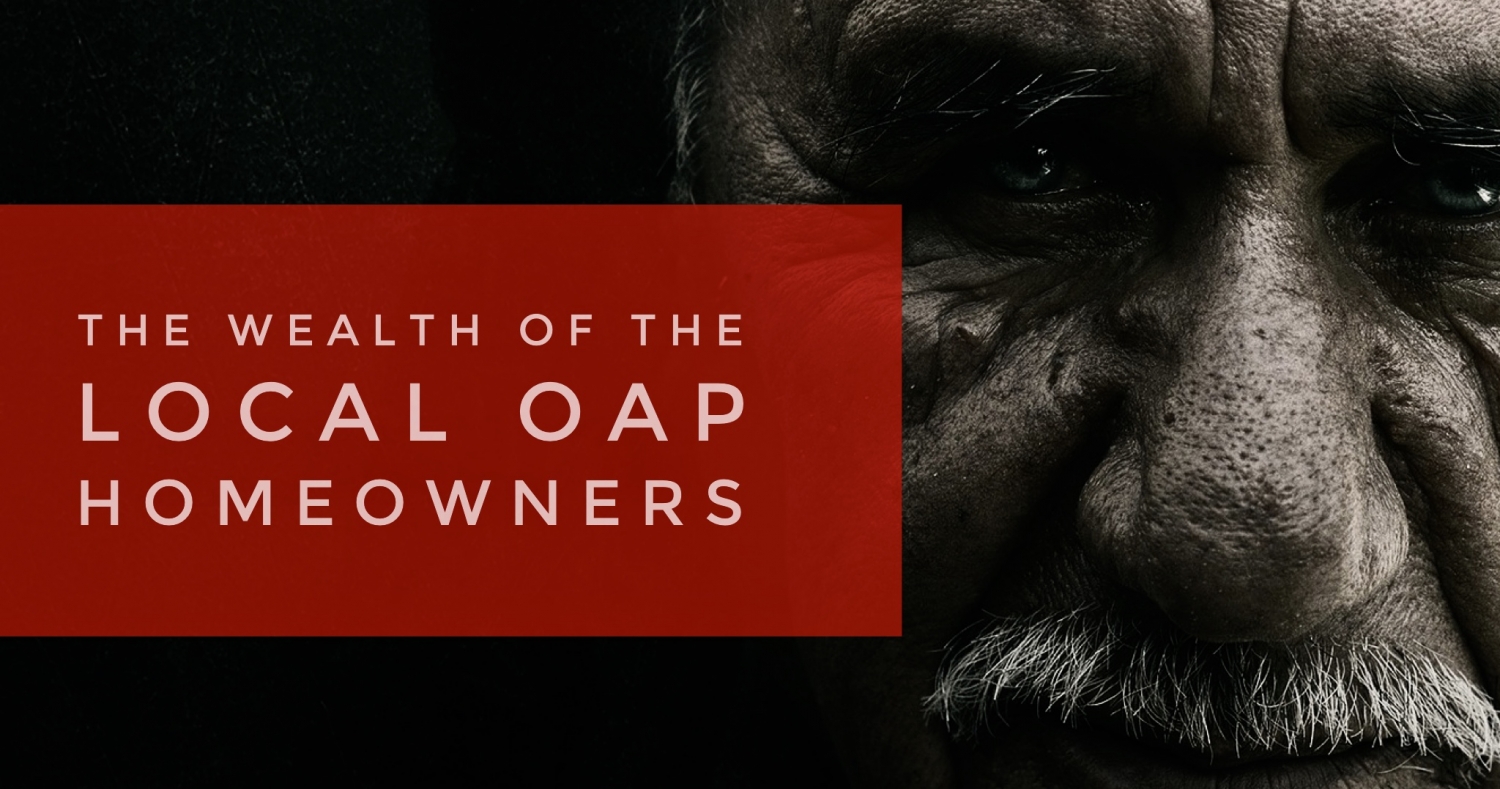Has England’s green and pleasant land all of a sudden become England’s green and overcrowded land?
With the nation’s ever-increasing population and the double whammy that people are now living longer, this means as each year goes by, there is an ever-growing strain on public services and in particular my favourite topic - housing. It’s no wonder some people are saying things are at a crisis point when it comes to infrastructure (like roads, schooling etc) and in particular housing. I hear it all the time, people complaining that Sidcup looks like a building site and, we are packing people in like sardines into our Sidcup homes. Yet I wanted to find out exactly what the truth was.
Starting with the UK as a whole, there 698 people per square mile whilst in England, there are 1,103 people per square and finally in Greater London 14,587 people per square mile … these all sound quite awful numbers, until you drill down and realise a square mile is an awfully big area - there are only 93,600 square miles in the whole of the UK and that includes the wilderness areas of Scotland!
Let’s look at more realistic areas of land ... and I want to look at my favourite - the acre. To those born after the mid 1970s, an acre is roughly half the size of a football pitch or a square roughly 63 metres by 63 metres and there are just less than 2.5 acres in a hectare.
The population of Sidcup (DA15) is 29,427 and the total area is 1,464 acres, meaning 20.1 people live per acre in Sidcup (DA15)
So, how does that compare to neighbouring areas and towns...
As you can see, only just over 20 people live per acre in Sidcup’s DA14, interesting when compared to Greater London as a whole, which has density of 23.26 people per acre and London’s most crowded suburb, Pimlico at 92.32 people per acre. Yet even Pimlico is nothing to the Collblanc district in Barcelona, which has 214.8 people living it per acre.
So, is Sidcup overpopulated? Yes, it seems that way at school time or rush hour when sitting in traffic that Sidcup is overpopulated – yet the stats show - we aren’t.
Evidently, we are never going to have an even spread of population as can be seen from the figures in the table, and the remote nature of some parts of the country would not be able to withstand high densities of new people without enormous infrastructure investment.
Yet could we accommodate a much larger population in the UK (and Sidcup) although there would be trade-offs? Look back at the 17th and 18th century and certain sectors of society were warning about population growth. The population of the UK in 1801 was 10.5 million and even with the growth of the population since then, only 1.2% of the UK is currently built on for housing purposes.
The question, it seems to me, is not can we manage but how
would a larger Sidcup population change our way of life,
both for better and possibly worse?
The planners have a responsibility to ensure Sidcup provides its fair share of new homes to accommodate this population growth in the coming years. The local authority has a responsibility towards the adequate provision of the infrastructure of roads, hospitals and schools etc., to match the growth in housing. This is not a political topic and I hope once the ‘B’ word is finally sorted we can get on with addressing the shortage of affordable new homes for future generations.





Share this with
Email
Facebook
Messenger
Twitter
Pinterest
LinkedIn
Copy this link